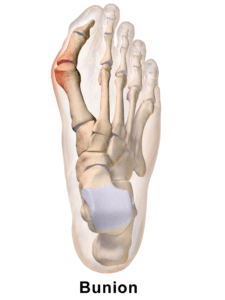Foot ulcers and amputations are a major cause of morbidity and disability.
but not only they are also creating emotional and physical costs for people with diabetes
Early recognition and management of risk factors for ulcers and amputations can prevent or delay the onset of adverse outcomes.
The following recommendations are based on the technical review of care for the nonulcerated foot in diabetes from the American Diabetes Association (ADA).
Risk Identification
Risk identification is fundamental for effective preventive management of the foot in people with diabetes.
The risk of ulcers or amputations is increased in people who:
have had diabetes ≥10 years, are male, have poor glucose control, or have cardiovascular, retinal, or renal complications. The following foot-related risk conditions are associated with an increased risk of amputation:
Risk identification is fundamental for effective preventive management of the foot in people with diabetes.
The risk of ulcers or amputations is increased in:
- Males
- Have had diabetes ≥10 years
- Are suffering from at least one of the following::
- Poor glucose control
- Cardiovascular, retinal, or renal complications.
The following foot-related risk conditions are associated with an increased risk of amputation:
- Peripheral neuropathy with loss of protective sensation
- Altered biomechanics (in the presence of neuropathy)
- Evidence of increased pressure (erythema, hemorrhage under a callus)
- Bony deformity
- Peripheral vascular disease (decreased or absent pedal pulses)
- A history of ulcers or amputation
- Severe nail pathology
Foot Exam
All individuals with diabetes should receive an annual foot examination to identify high-risk foot conditions.
People with one or more high-risk foot conditions should be evaluated more frequently for the development of additional risk factors.
It is important that diabetics seek podiatric care on a regular basis to prevent foot problems that can easily get out of control.
A podiatrist will ensure proper foot care, from maintenance to the treatment of any developing problems.


